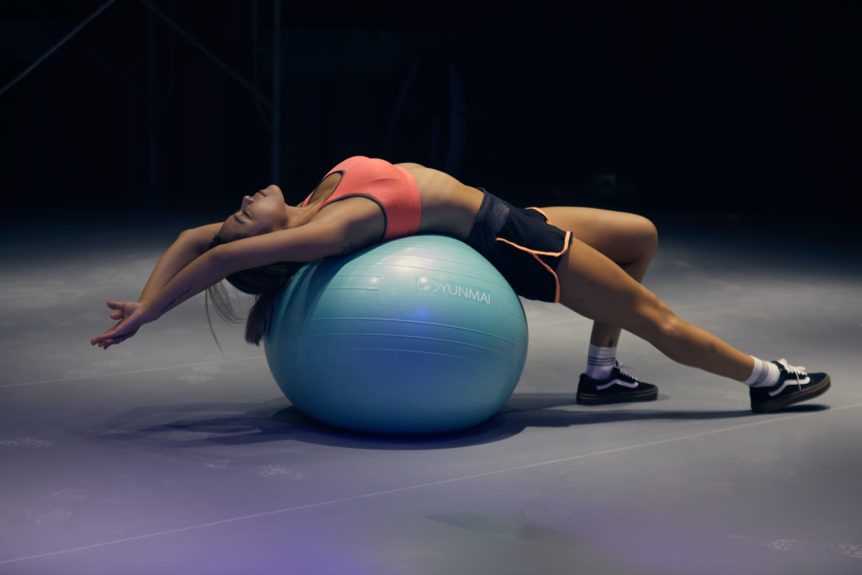Hott A, Brox JI, Pripp AH, Breda SJ, Oei EHG, Zwerver J, et al. British Journal of Sports Medicine
Abstract
Objective: To compare the effectiveness of progressive tendon-loading exercises (PTLE) with eccentric exercise therapy (EET) in patients with patellar tendinopathy (PT).
Methods: In a stratified, investigator-blinded, block-randomised trial, 76 patients with clinically diagnosed and ultrasound-confirmed PT were randomly assigned in a 1:1 ratio to receive either PTLE or EET. The primary end point was clinical outcome after 24 weeks following an intention-to-treat analysis, as assessed with the validated Victorian Institute of Sports Assessment for patellar tendons (VISA-P) questionnaire measuring pain, function and ability to play sports. Secondary outcomes included the return to sports rate, subjective patient satisfaction and exercise adherence.
Results: Patients were randomised between January 2017 and July 2019. The intention-to-treat population (mean age, 24 years, SD 4); 58 (76%) male) consisted of patients with mostly chronic PT (median symptom duration 2 years). Most patients (82%) underwent prior treatment for PT but failed to recover fully. 38 patients were randomised to the PTLE group and 38 patients to the EET group. The improvement in VISA-P score was significantly better for PTLE than for EET after 24 weeks (28 vs 18 points, adjusted mean between-group difference, 9 (95% CI 1 to 16); p=0.023). There was a trend towards a higher return to sports rate in the PTLE group (43% vs 27%, p=0.13). No significant between-group difference was found for subjective patient satisfaction (81% vs 83%, p=0.54) and exercise adherence between the PTLE group and EET group after 24 weeks (40% vs 49%, p=0.33).
Conclusions In patients with PT, PTLE resulted in a significantly better clinical outcome after 24 weeks than EET. PTLE are superior to EET and are therefore recommended as initial conservative treatment for PT

